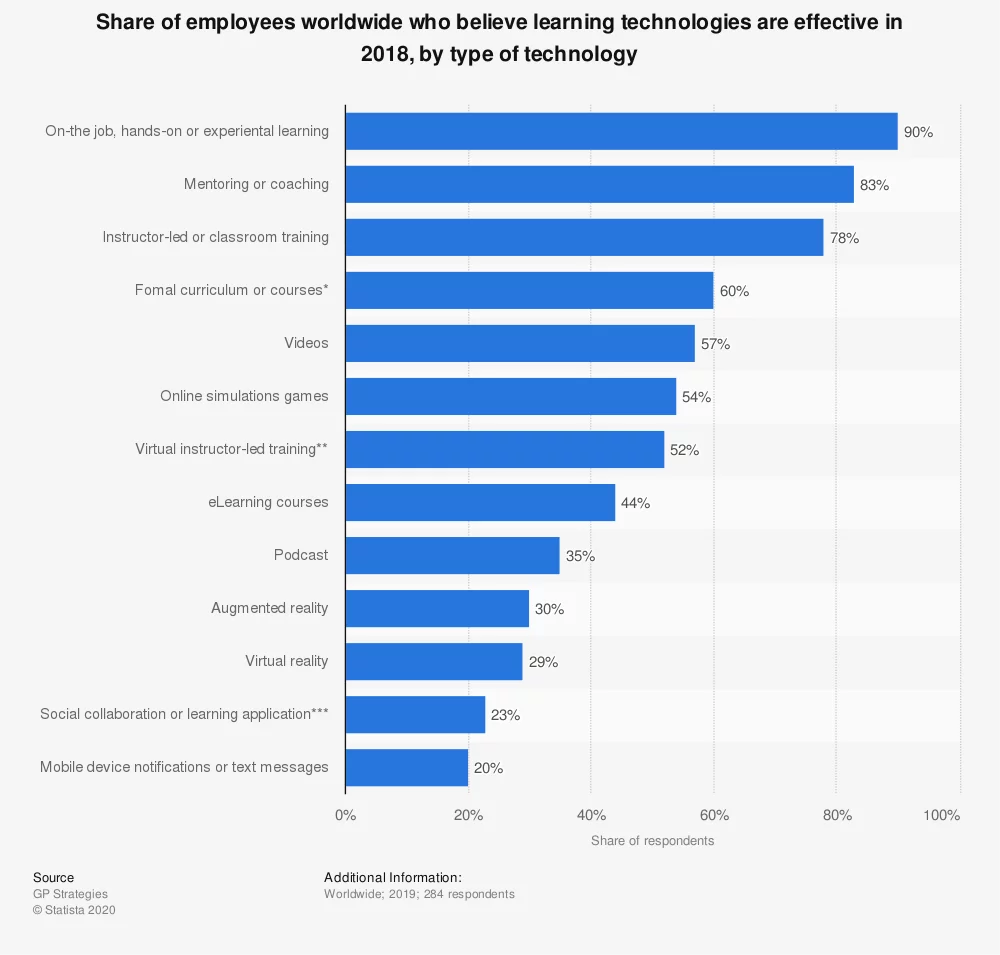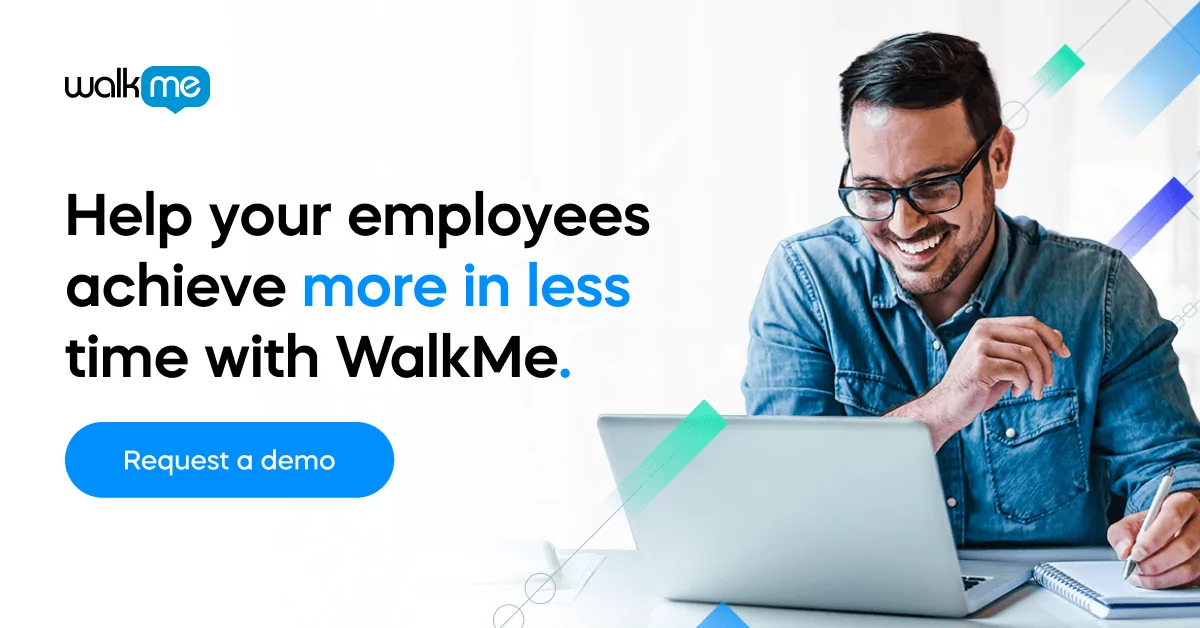In today’s remote workplace, online training software has become an essential tool for maintaining workforce productivity and performance.
In the years ahead, online training software will only become even more widespread and critical in the digital workplace. The digital adoption market, for instance, is expected to triple in size in the coming years.
Naturally, some of this growth is being accelerated by the COVID-19 fallout–though the pandemic is only advancing trends that were already in existence. Harvard Business Review’s Analytics Services recently released their findings regarding The State of Digital Adoption 2021, taking a close look at the solutions organizations are utilizing to further their digital transformation efforts.
Below, we’ll take a look at some of the reasons why online training platforms, such as digital adoption platforms (DAPs), will become even more common in tomorrow’s workplace.
The 5 trends shaping the future of online training software
Here are some of the trends and factors that are both shaping the online training software industry and driving its growth forward:
1. Just-in-time learning
Just-in-time learning is an approach that provides information in the moment of need.
Unlike traditional training, which provides information in bulk and without context, just-in-time learning tells learners only the most relevant information, exactly when they need to apply it.
For instance, in a video course that teaches a particular software platform, employees may learn about a wide range of features, workflows, and concepts. However, they will not apply those lessons until later, and even then they may use only a portion of what they learned.
On the other hand, if employees are taught how to perform a specific software task just before they complete it, they will retain more information and waste less time.
2. Contextualized learning
While just-in-time learning provides training in the moment of need, contextualized learning provides information in the same context where the training will be applied.
For instance, online training software such as DAPs provides training directly inside the target software platform through features such as in-app walkthroughs, pop-up tips, and chatbots.
In comparison, traditional training methods often lack context.
Learners may opt to work alongside a video course or instructor, and this can add context and improve knowledge retention. Yet there is still a gap between when something is learned and when it is applied.
Studies have shown that experiential learning delivers better outcomes, so it is unsurprising that context-based software training is becoming more popular.

3. Personalization
Personalization is a popular topic among business units that focus on customers, such as marketing and product design.
The rationale behind this focus is simple – when content and experiences are customized to meet one’s own individual needs, engagement goes up.
The same principle doesn’t just apply to customer experiences, however. It can also enhance the employee experience, training included.
When training content can be tailored to meet the needs of an individual’s job role and career development, that employee will naturally become more engaged and productive.
Popular training tools such as learning management systems and video courses do offer a certain degree of flexibility.
Despite this, they still lack the personalization of in-app training solutions and only deliver standardized information.
4. Practical skills vs. broad knowledge
Many of the trends discussed so far represent a divergence from the traditional approach to workplace training. Namely, they focus on practical skills, rather than broad knowledge, theory, or abstract concepts.
A wide, comprehensive approach to training certainly has its place, particularly in the academic system.
However, in the workplace, employee skills and workforce productivity are the main focus.
Many training software tools, as a result, orient their training content around practical skills, contextual learning, and just-in-time learning.
Over time, upwardly mobile employees will need more career development options, which means acquiring more generalized knowledge.
As we have seen, training software is geared towards practical skills, not broad education. Since training software tends to emphasize employee productivity, this trend will most likely become more pronounced in the years ahead.
5. Data-driven training
Effective use of data can improve productivity wherever it is applied, so it should come as no surprise that software training tools also leverage data.
Various types of training tools evaluate data differently and, as a consequence, offer unique insights into training programs.
For instance, learning management systems are, in essence, a cross between content management and online course management tools. As a result, their measurements focus on training content consumption, test scores, attendance, and similar areas.
Digital adoption solutions, instead, track overall software usage. The data provided by these platforms then offers more direct insight into areas such as employee performance, workflows, and software utilization.
In other words, the data and insights offered by learning management systems relate to coursework, rather than employees’ real-time interactions with the software they use to perform their jobs.
These deeper insights, when applied correctly, help managers more accurately assess employee skill levels, design better training programs, and enhance workforce productivity.


